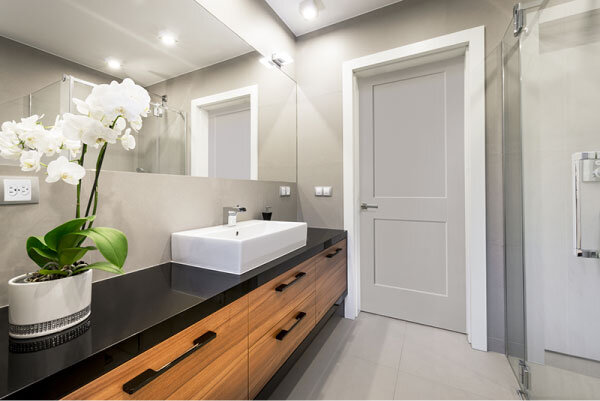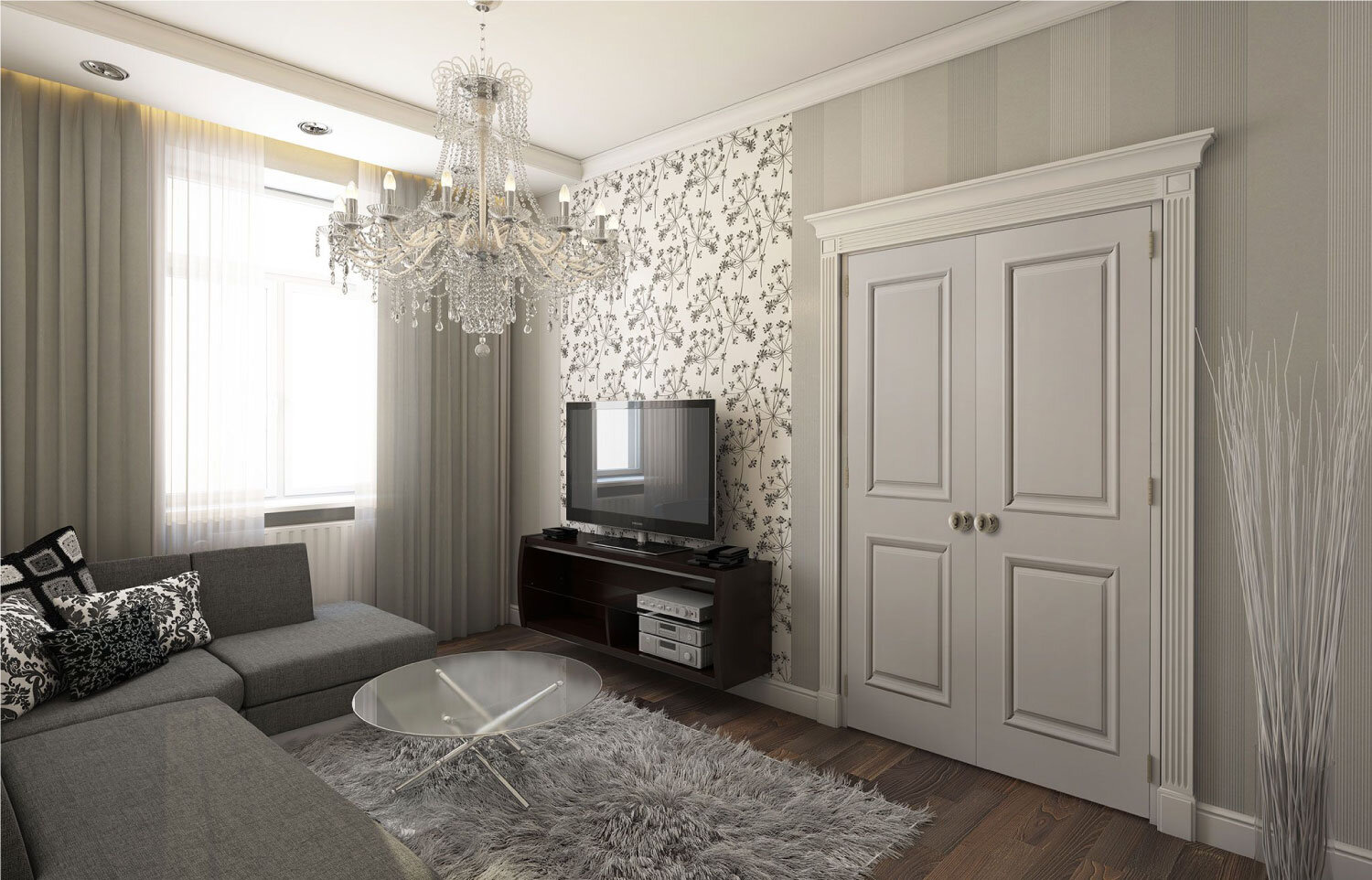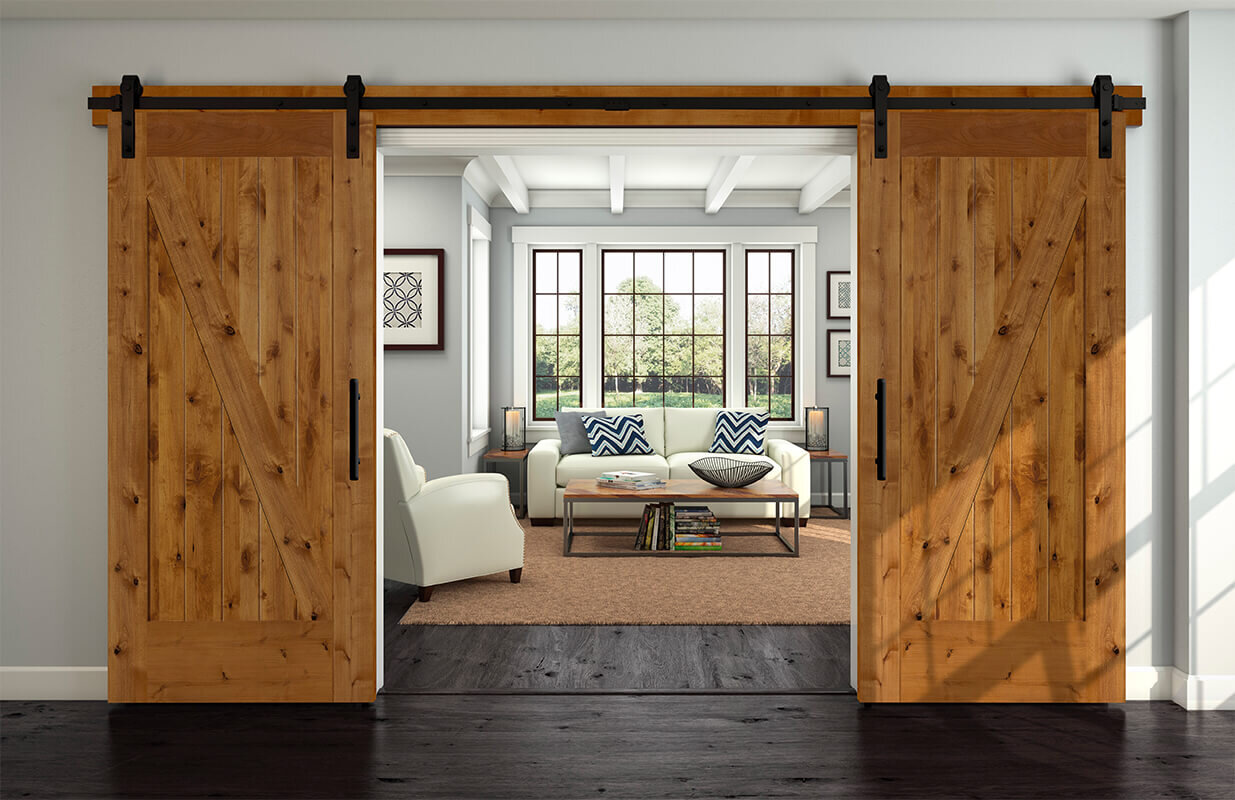With the recent increase in interior door prices this year, we thought it would be a good time to outline the door material options that are available to you, as a consumer, along with some information about them.
The price increases that went into affect in February of 2020 were attributed to a handful of things across the industry, including; increased cost of raw materials, components, labor, energy and import tariffs. These price increases leveled the playing field in the interior door world, making some of the higher quality door options available at comparable price points.
The biggest price increases in February were seen in Hollow Core and Solid Core doors, so we will address those two options first.
Hollow Core Doors
Constructed with a wood or molded composite skin over a honeycomb cardboard or plastic core, hollow core doors are lightweight and easy to install. They are not, however, good for noise reduction. As their name suggests, they are hollow on the inside, with just the honeycomb core required for construction of the door itself. This type of door would be considered the least durable option of the ones mentioned in this post.
Solid Core Doors
Also typically constructed with an exterior skin made of plywood or molded composite, solid core doors have the same look as hollow core doors. Although they may appear the same on the outside, the inside of a solid core door is filled with a wood fiber blend, making it feel more like a solid wood door. They also offer much better temperature and sound insulation than their hollow core counterparts.
The two other options we’re going to talk about today are great alternatives to the hollow and solid core doors mentioned above. Although thought to be at a higher price point, with the recent increases in the hollow and solid core doors the price gap has decreased substantially. It is definitely worth looking into these options if you are on the market for interior doors.
Medium Density Fiberboard (MDF)
An engineered wood product, medium density fiberboard is becoming a much more popular option for interior doors. While both affordable and durable, MDF doors are resistant to warping, unlike solid wood doors. Great for temperature and sound insulation, MDF doors have a beautiful smooth finish that is easy to paint. As an added bonus they are created from sustainable material and leftover wood products, making them eco-friendly.
Solid Wood
Solid wood doors come in a range of price points, depending on the wood type selected. Pine stile and rail wood doors can actually be a great alternative to other options for little or no difference in cost. Wood doors are appealing for their natural, architectural look and feel. Also great for noise and temperature reduction, wood doors are actually more naturally resistant to fire than the alternatives. Their one known downfall - wood doors are known to expand and contract with moisture, however, if finished correctly, this movement should be minimal. We do, however, suggest avoiding solid wood doors in places like bathrooms and laundry rooms where moisture content is higher.
Whatever material option you decide upon, our team at Genesee Lumber will help walk you through the process. Door material is just the beginning. Door layouts, panel raises, thickness and many other details come together to ensure you get exactly what you’re looking for. call us today (585)343-0777 and we’ll help you get started! For more information on the doors available at Genesee Lumber check our our doors page https://www.geneseelumber.com/doors.



